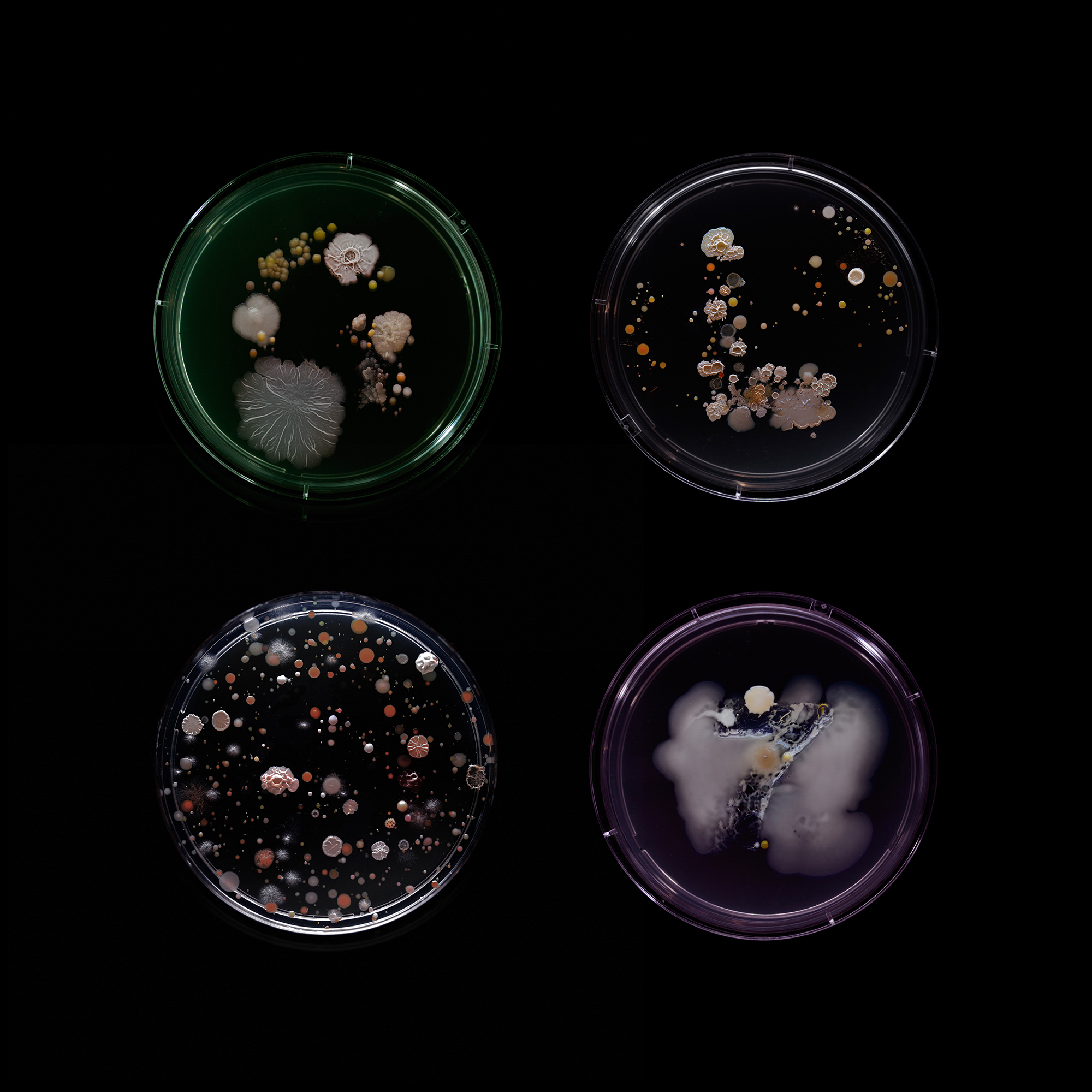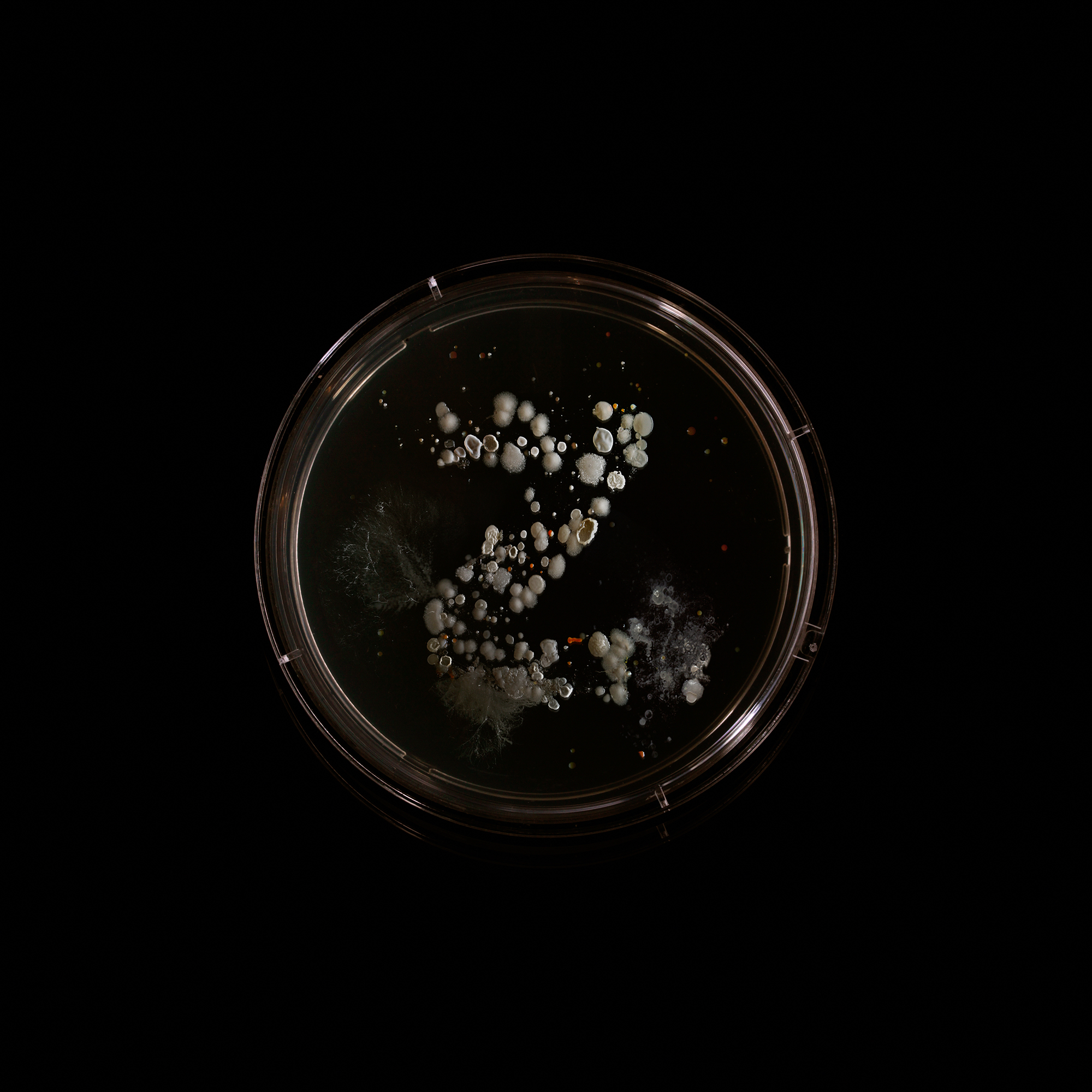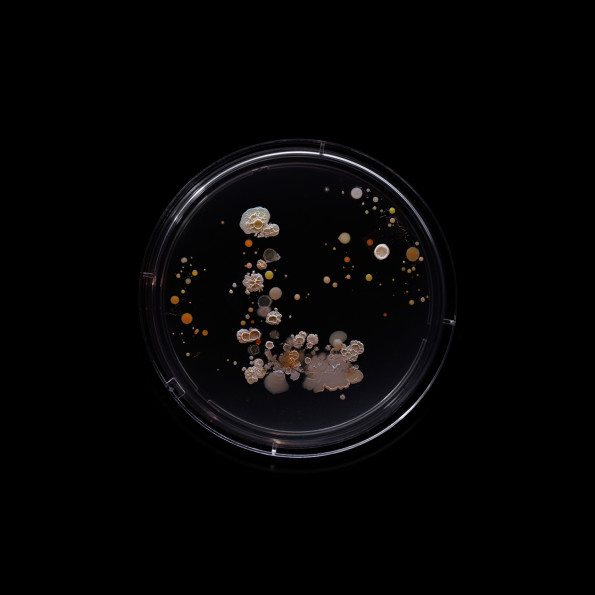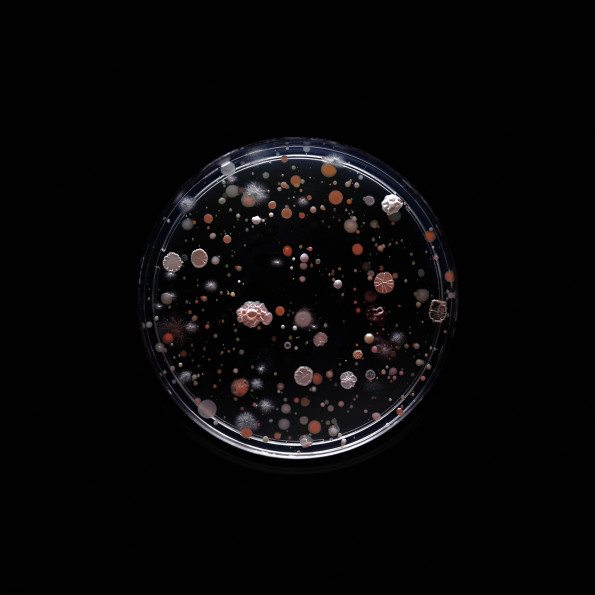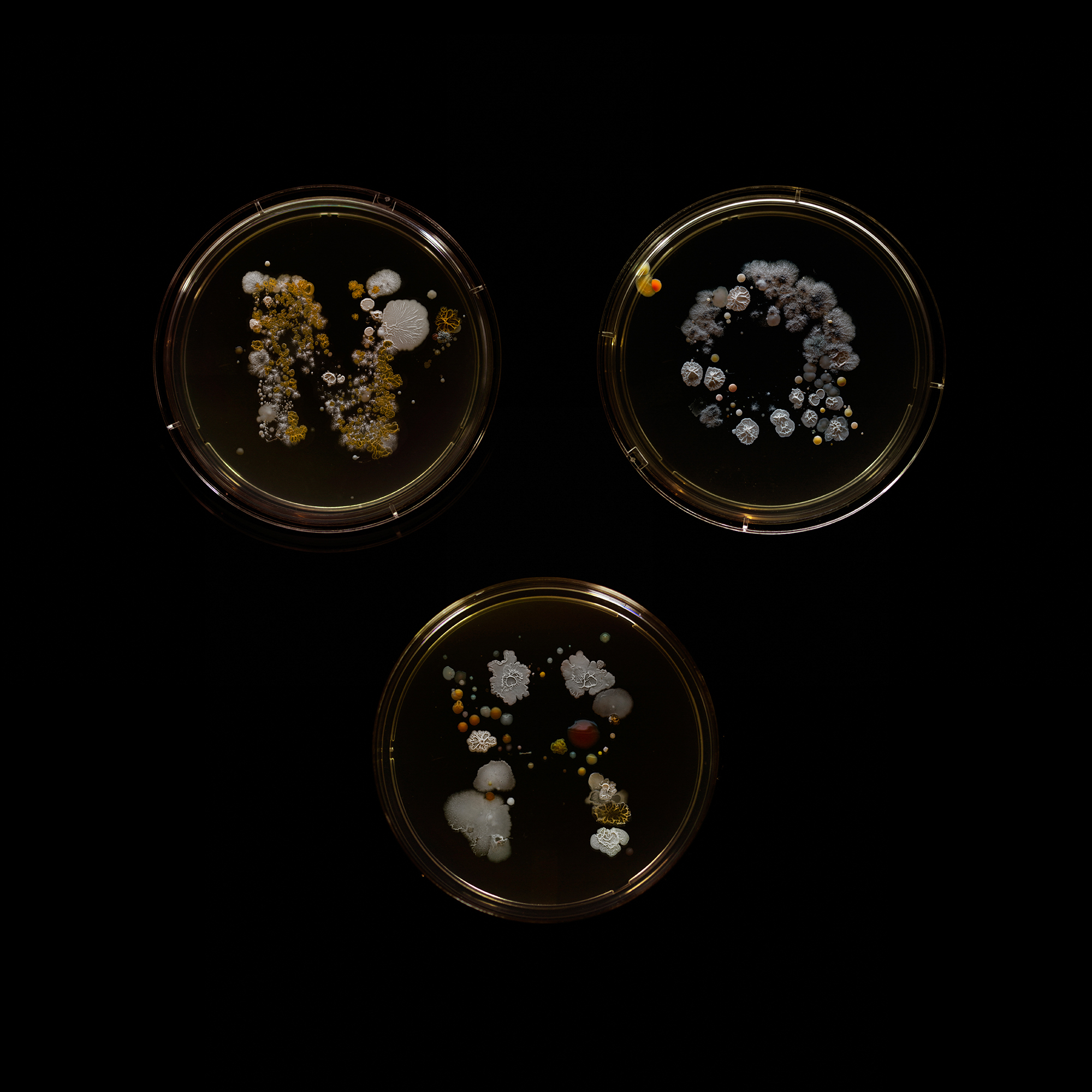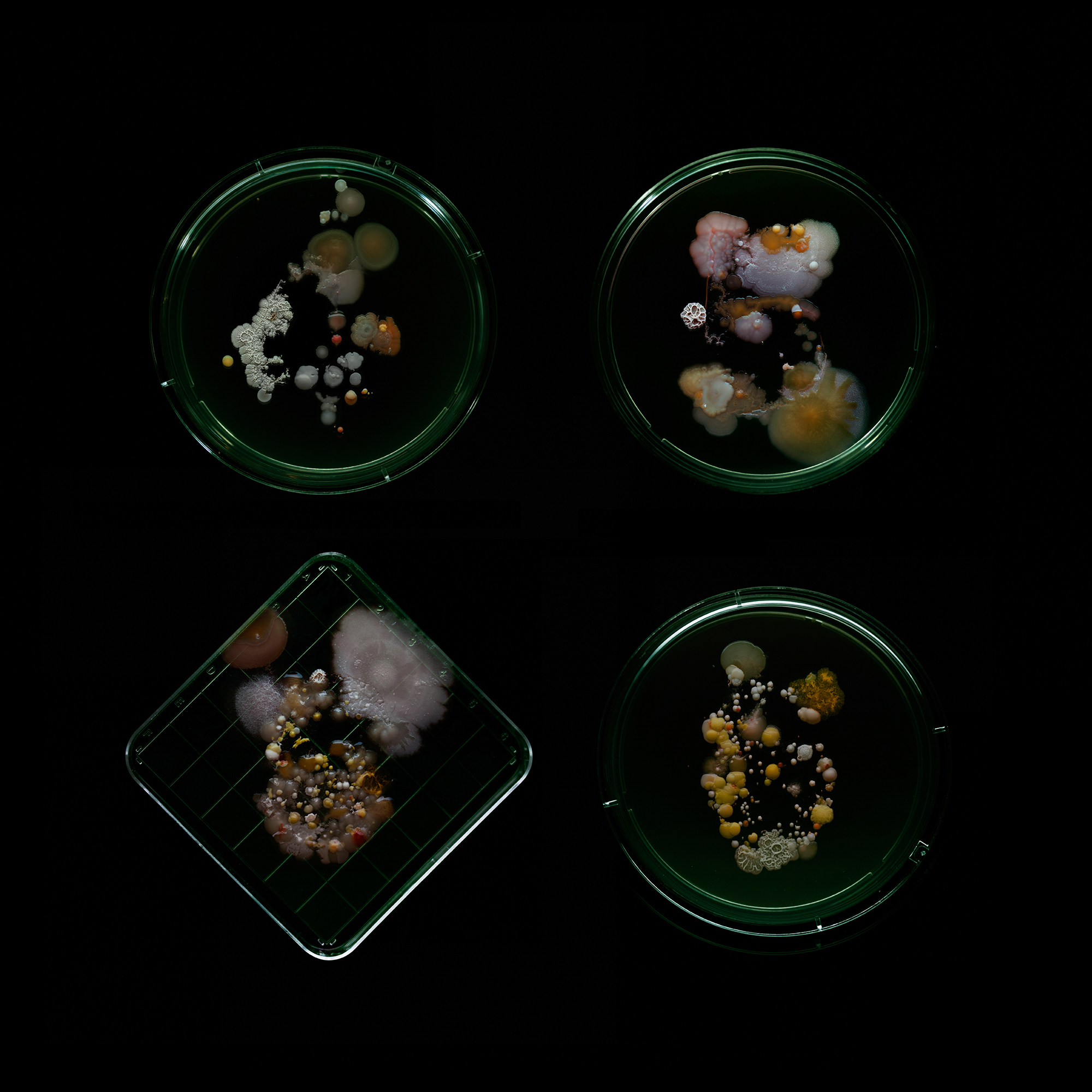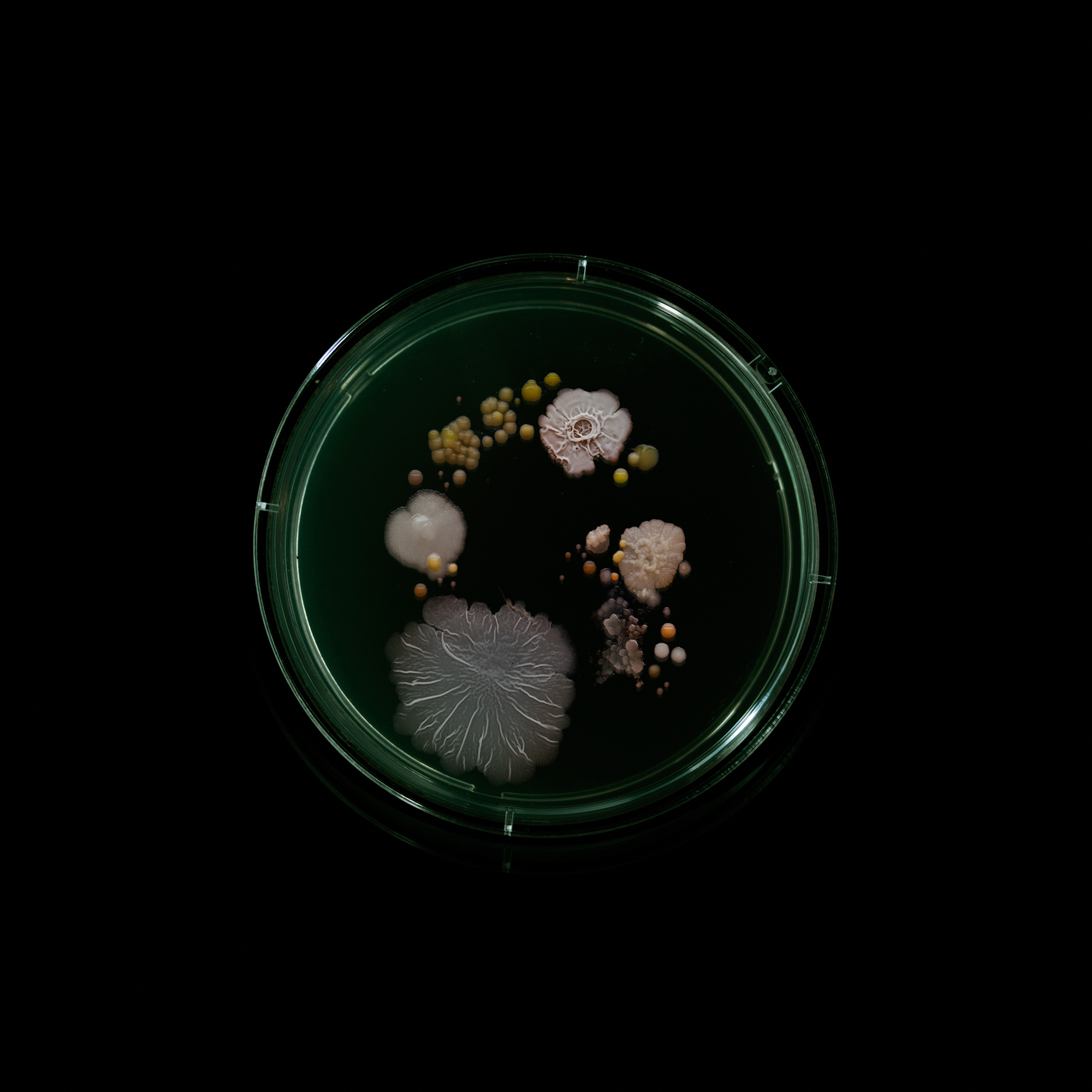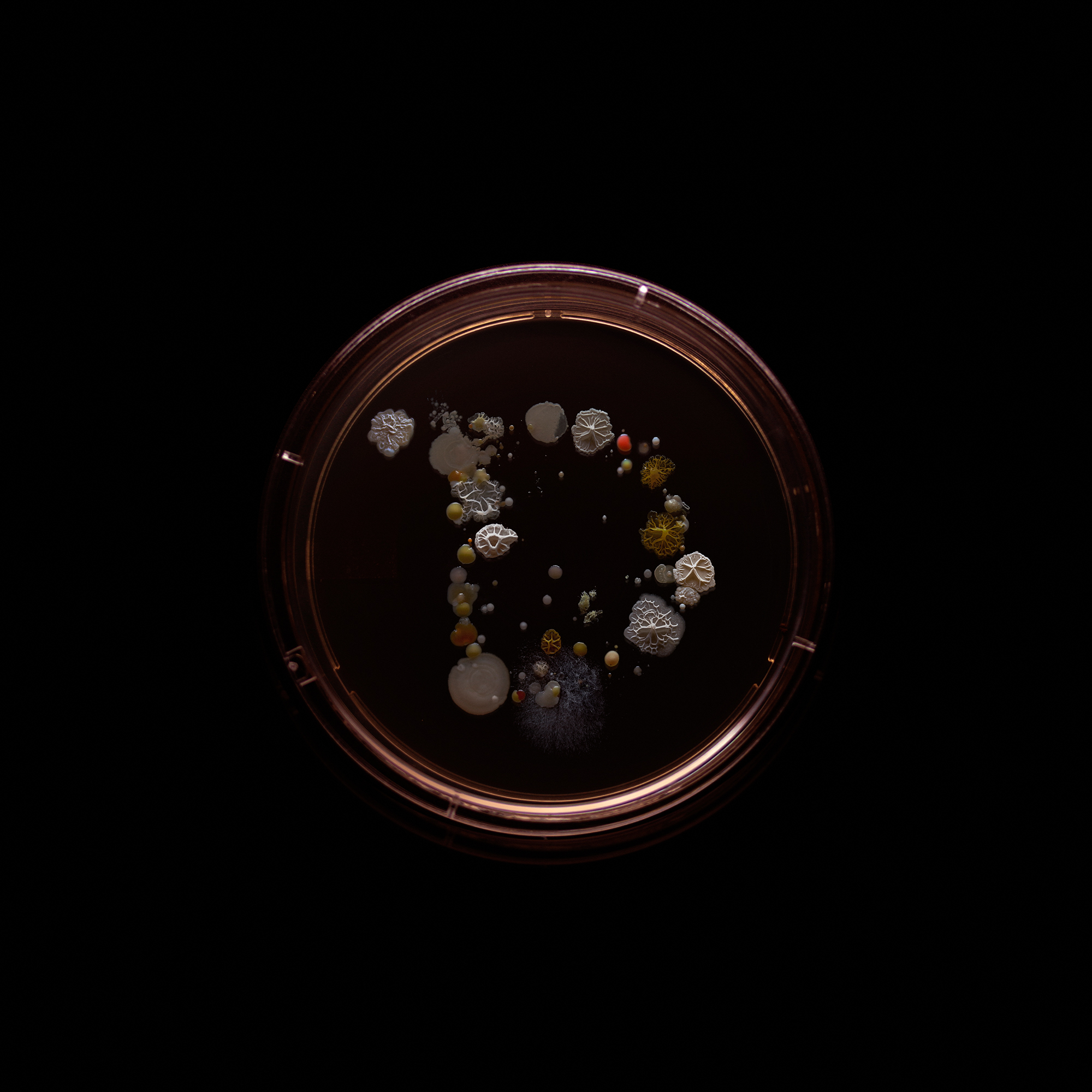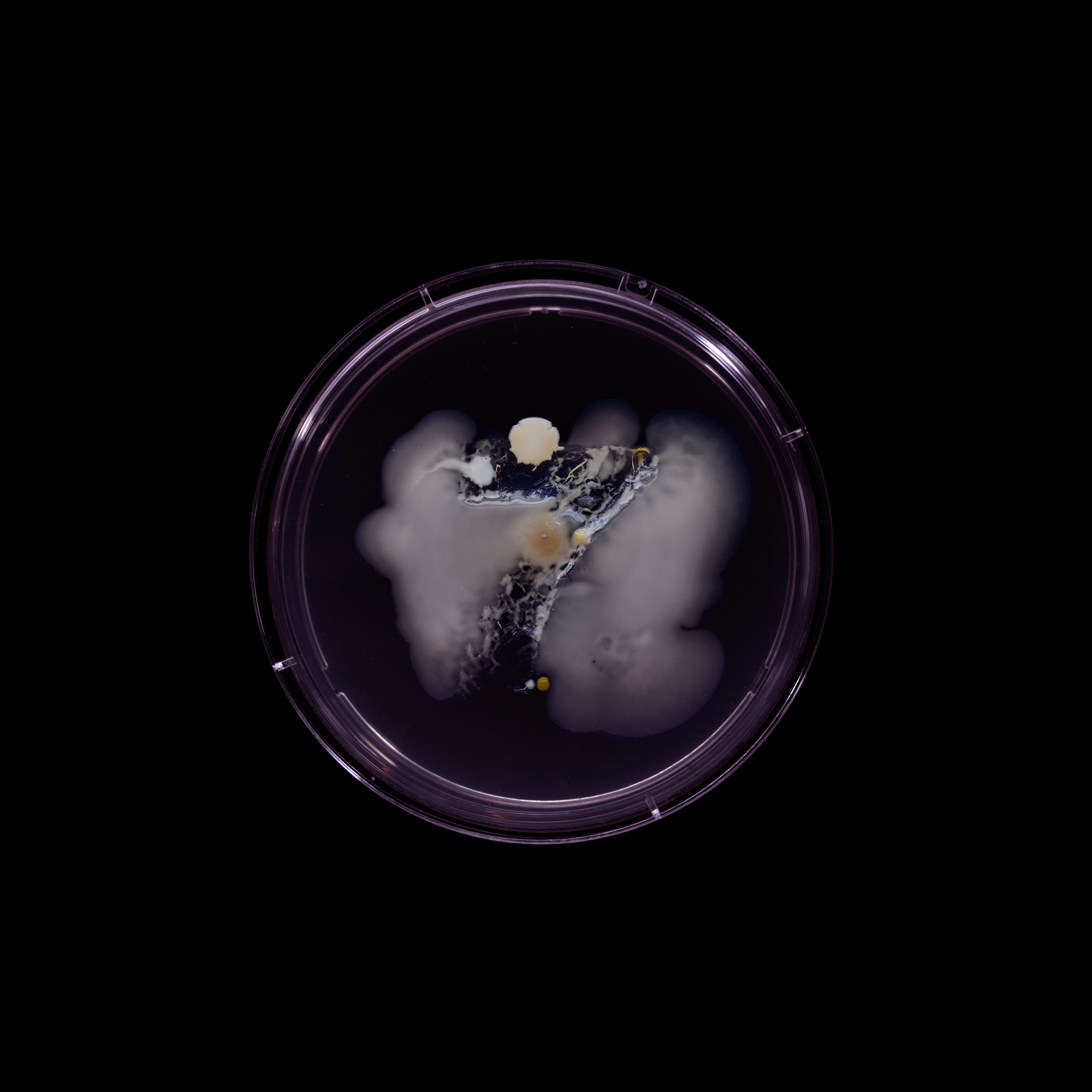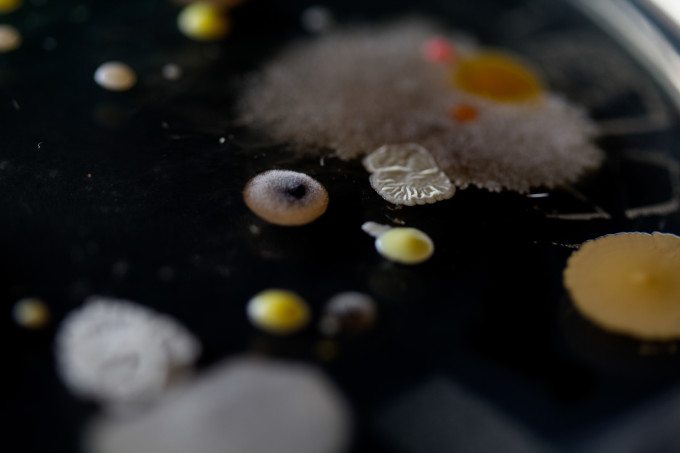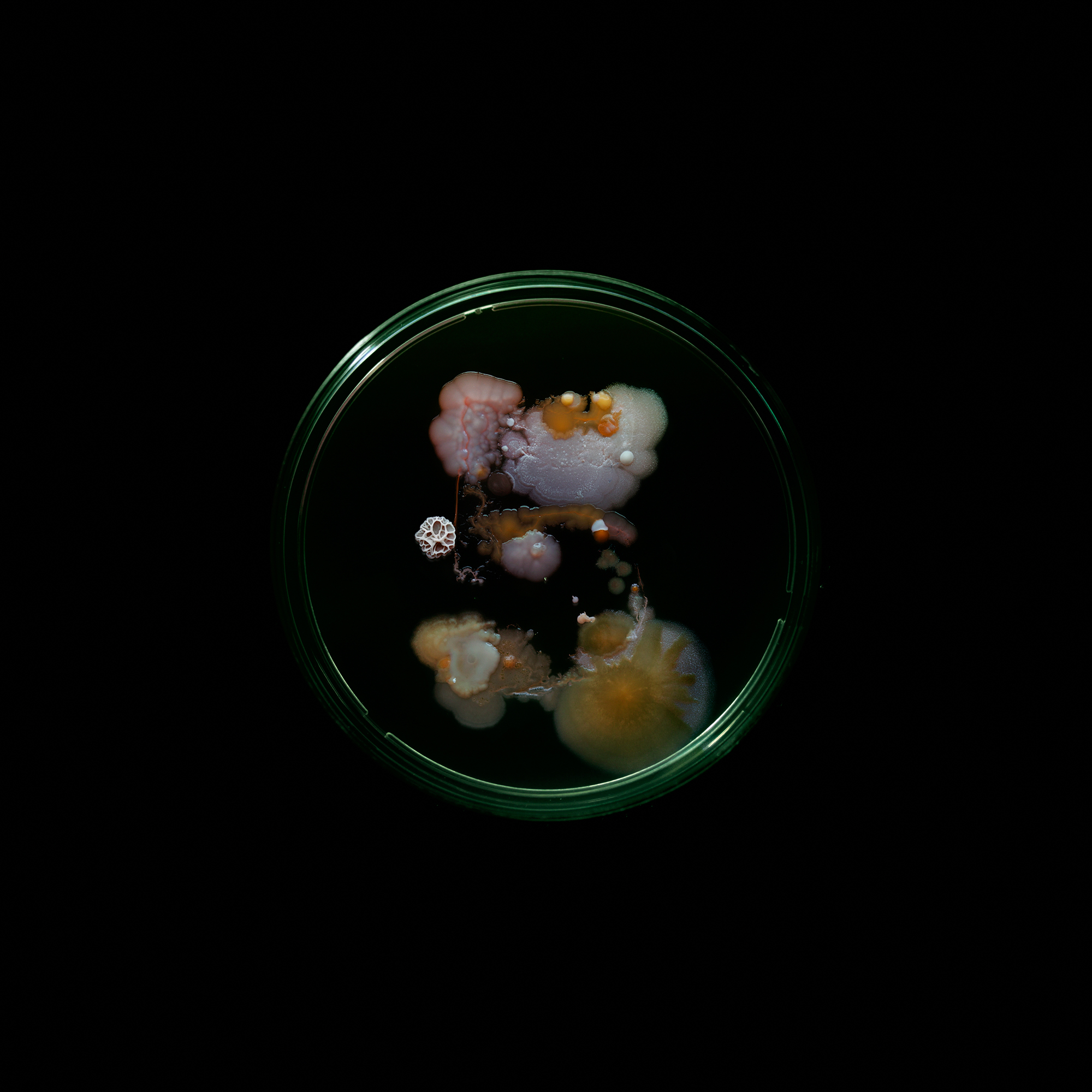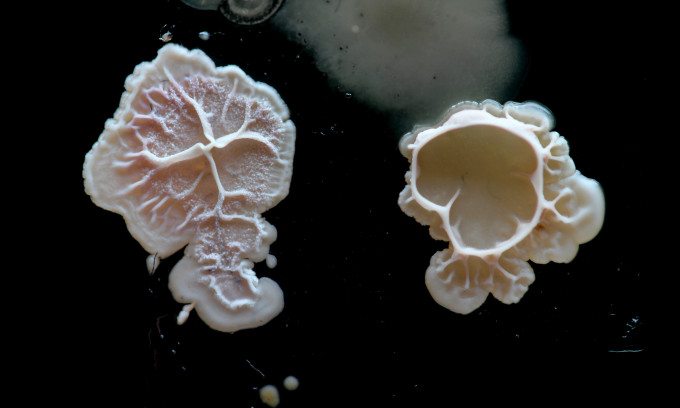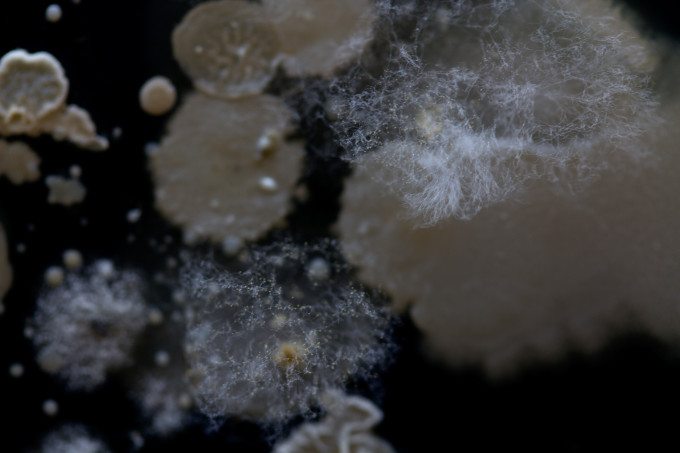All images by Craig Ward. Used with permission. Some images by Bill Wadman.
Photographer Craig Ward is a British born designer and art director currently based in New York and he got into photography after he needed to capture some of his typographic work. But this grew into an exploration of the art form, and most recently resulted in a brand new project that he’s been pitching to the big New York based publications.
As many folks know, the subway is the heart of our transportation; and with so many people all around it’s bound to be a breeding ground for bacteria. Well, that’s exactly what Craig tried to find. In his project “Subvisual Subway” he showcases culture samples taken of the subway and photographed. While the images are scientifically beautiful, they’re also very likely to make a New Yorker think a bit more carefully about their commute.
Phoblographer: Talk to us about how you got into photography.
Craig: By necessity really. I’m a typographer and designer by trade but around 5 or 6 years ago my work began to skew towards more elaborate, physical pieces that I needed to photograph – that or photo comps of various elements. I do a lot of personal experimentation on top of my commissioned work so I really just had to learn how to take a decent photograph to create the work in the way that I wanted to.
I really enjoy working with photographers on more specialist or technical pieces, but you can get into a weird ownership issue so it’s just helpful for me to do as much as I can myself.
Phoblographer: Everyone knows that the NYC subway has lots of bacteria, but what made you want to take culture samples and photograph them?
Craig: I feel like remembering the genesis of an idea is like recounting a car crash in that there are always parts you can’t fill in but, briefly, earlier in the year I saw a photograph by a researcher who had imprinted her 8 year old son’s hand in agar to photograph the bacteria on it. For some reason it made me think of the urban legend that when you hold onto the handrails on the subway you’re effectively shaking hands with a hundred people at once so, it spawned from there.
For my job I work with type all the time, and I began thinking about how the shape of a petri dish echoes the graphic language of the subway and, suddenly I had a new personal project to work on.
Strangely this isn’t entirely out of my remit – a lot of my work is very process driven and I’ve worked with immunologists and biochemists and such on project before, but this is the first time I’ve undertaken the ‘lab’ part of the project. It’s interesting as, while it’s definitely a photography project, it’s also information design in a way.
Phoblographer: So talk to us about your plan for this project. You obviously took culture samples, photographed them, and then went about marketing the project. But what made you choose the outlets that you did and what made you choose the trains that you did?
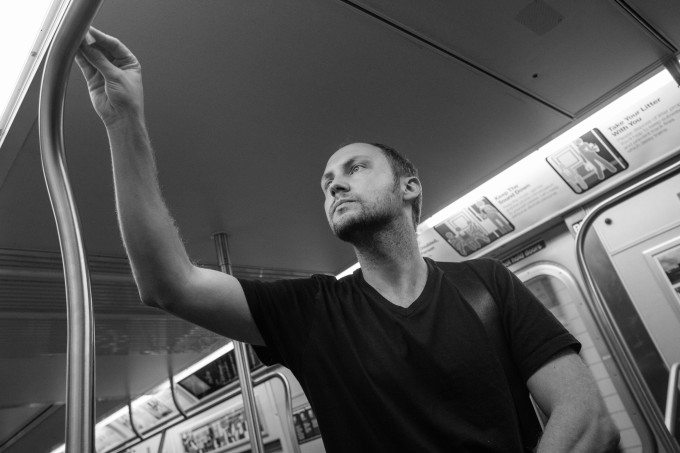
Craig: After I completed the project in late September I wasn’t entirely sure what to do with it but, on further research, I read about a team from Weill Cornell that had conducted a bacterial study of the subway last year, and that had gained a lot of attention online. New York Magazine were one of the more major outlets that ran a feature on it, so I reached out to the writer directly and pitched this as a possible follow up piece. She loved the concept, shared it with the team and they ran a double page feature in this week’s issue which is amazing.
From there it’s spread organically and has popped up online on multiple outlets – Complex, Curbed, Gothamist, Time Out etc. It’s very ‘New York’ so I’m not surprised by the places that have picked it up.
In terms of choosing the trains, I actually rode all 22 over the course of the summer – 23 if you count the 6 Express – so I have photographs the whole set. I started with the L as it’s my local line and once I
saw the results I figured I had to complete the set. I have my favorites of course, and they’re the ones that are cropping up online as people ask permission to feature the work etc.
Phoblographer: What was your original creative vision when it came to photographing the culture samples and did it change as the project progressed? There are so many different ways that this could have been done, but why did you choose this specific style?
Craig: I wasn’t sure up front honestly. I had no expectations for the images outside of satisfying my own visual curiosity so the project evolved as it went on. I went back and forth on a lot of aspects – specifically things like how to light it and how to introduce color. A lot of my work is very pared back or monochrome, but I knew that I wanted to tie in the color of the lines somehow, so I ended up using colored gels over a simple strip light. I wanted to present the dishes in premium way – in contrast to the content of the dishes which is obviously not premium – almost like perfume packaging photography with just strong highlights. The agar itself proved tricky to shoot as it looked foggy so I did my best to crunch the levels and bring the bacteria out of that.
I did try some lower angle shots on black perspex that gave an interesting reflection, but it became distracting and I felt should be top down and feel closer to the circles of the subway signage that
everyone is so familiar with. The single strip light gave me strong, clear highlights and placing it low down helped define the topography of the colonies, giving them more depth and the shadows etc.
Phoblographer: So what do you want to do with the project? A coffee table book? A gallery? A series in collaboration with MTA on education about health?
Craig: I have no idea. I guess a book would be the logical home, but it’s like my wife keeps saying; ‘Who is going to want to look at this…!?” – which is totally fair.
I cynically wanted to get this out there in the fall as its cold and flu season and people are already thinking about germs and bacteria etc, so I’ve editioned some photographic prints which you can pick up through my site. I did a 5ft x 5ft test print of the L train to see how it held up and, now I’ve seen it large, I really want to show them somewhere in this larger format or similar, but of course everywhere is booked up until next year so I’ll see what comes of it.
I’m entirely sure the MTA are going to hate it so I’ve been conscious not to mention them or tie it to them in anyway, outside of stating where the bacteria comes from of course but if they wanted to run
some PSA’s about washing your hands they’d be welcome! I actually had my reps reach out in September just get a vibe from them but we heard nothing back so watch this space.


